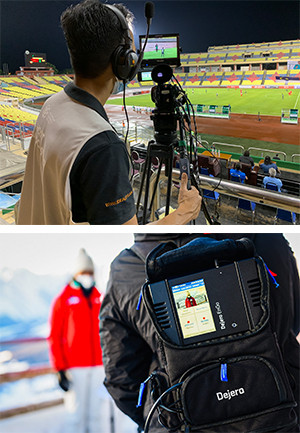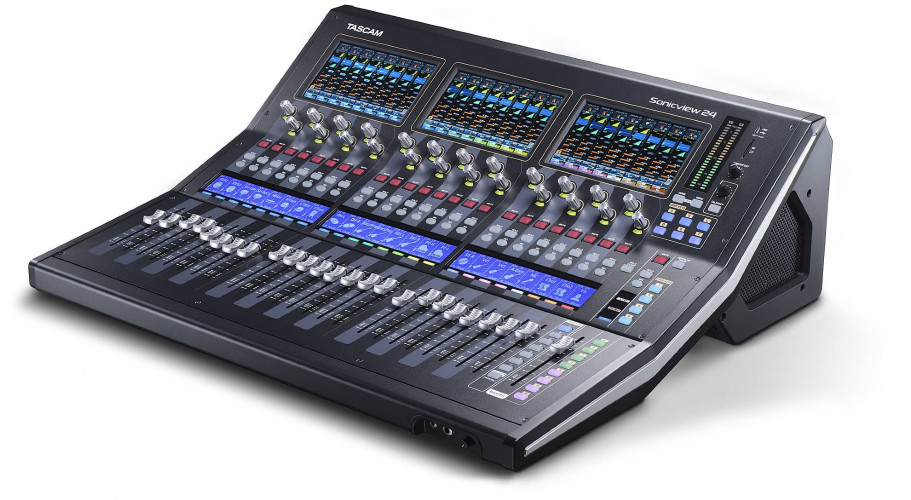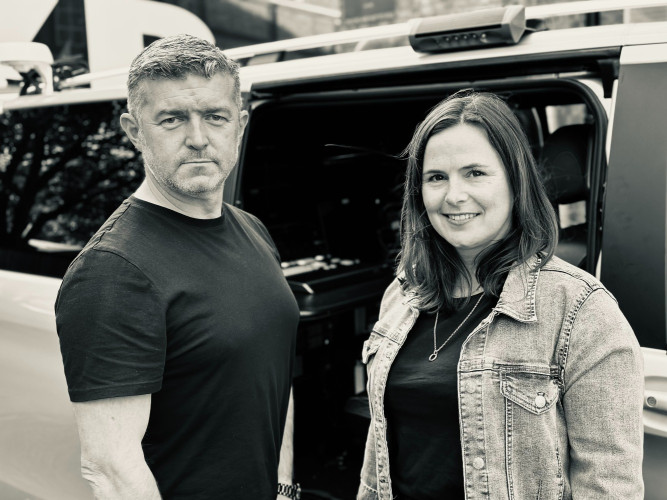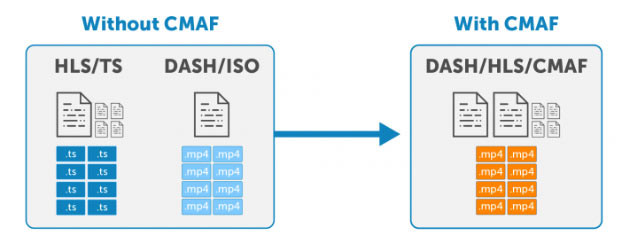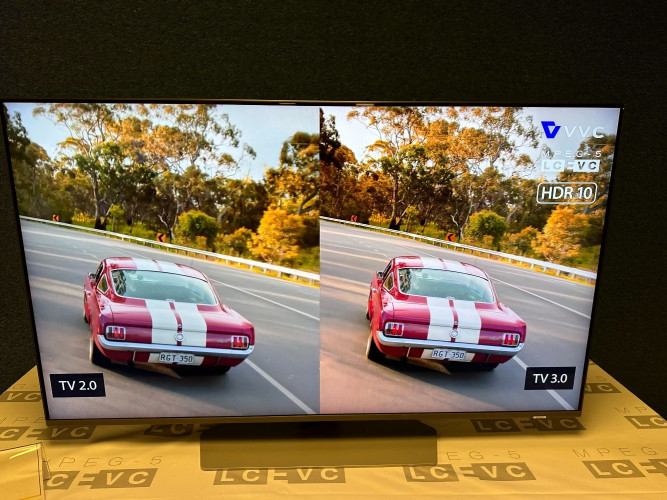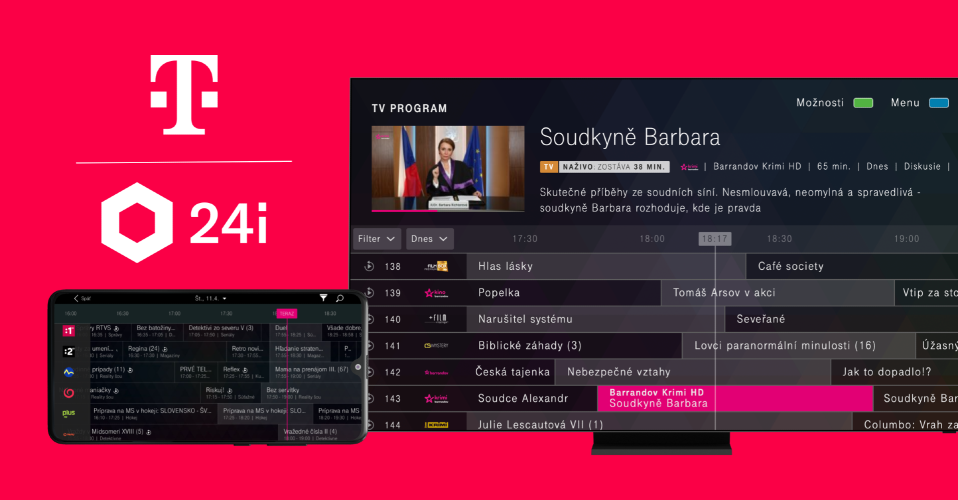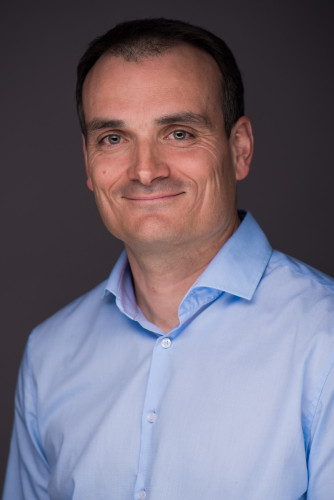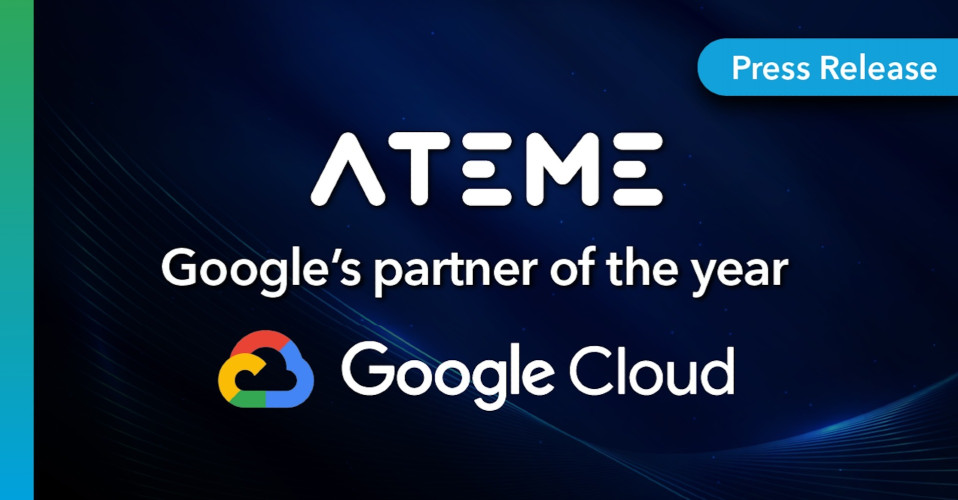In 2017 we saw the introduction of SMPTE 2110 and since then, the transition to IP has emerged as a priority for broadcasters looking to streamline their operations, decrease their footprint and effectively integrate with an industry in a rapid state of flux. A 2020 survey by Devoncroft found that almost 20% of broadcasters had already deployed SMPTE 2110, and over 25% were planning to do so. Then came the pandemic, precipitating the need for on-the-fly collaboration and accelerating the transition to remote, virtual and cloud production.
Nowhere is this shift more pronounced than in sport, where events require linkups between multiple venues or coverage along the most challenging types of terrain – especially when in-person attendance is restricted, making it essential for fixtures to be smoothly delivered to broadcast, digital and social platforms. By eliminating the need to build a fixed infrastructure that might only be used partially or abandoned due to last-minute cancellations, cloud solutions can easily accommodate changing circumstances, and users need only pay for the services they require.
When French channel TV8 Mont-Blanc needed to broadcast two alpine races across the Swiss/French border, the company employed a combination of Dejero video contribution technology and Dazzl cloud-native live production tools to deliver uninterrupted coverage to multiple platforms. The Dynastar X3 Courchevel Triathlon 2021 and the Torgon Trail 2021 both lasted around six hours in demanding broadcasting conditions, the alpine region notorious for fluctuating network coverage from French and Swiss telecom providers.
Our partnership with Dazzl helped the broadcaster to overcome these technical challenges using Dejero’s Smart Blending Technology to aggregate multiple connectivity paths into a “network of networks”, providing a stable connection even if one route were to fail. A Dejero Cloud Server enabled video to stream over RTMP to the Dazzl cloud server for use by the TV8 Mont-Blanc producer, ultimately creating three live streams for distribution over Vimeo, YouTube and the linear TV channel.
“Dazzl and Dejero have an excellent synergy and can link up in seconds and connect to any other type of source, such as drones and phones,” said Pierre Boucaud, president of TV8 Mont-Blanc. “Combining Dazzl and Dejero eliminates the need for a traditional control room with a lot of wiring and installation. The combination makes it possible for broadcasters to deliver a quality livestream with a lot of possibilities, including very welcome network stability.”
At Dejero, we have also partnered with live cloud production specialist Grabyo, enabling teams to deliver sport, highlights and news packages to multiple platforms simultaneously from anywhere in the world. By simply accessing a web browser, users can produce, edit and distribute live streams from even the most difficult locations, thanks to Dejero’s seamless remote contribution solutions. A key benefit is that a broadcaster can use a cloud platform such as Dazzl or Grabyo from a non-IP station. We can now transport natively SDI content or IP content to the station or directly to the cloud via the Dazzl or Grabyo customer portal.
Meanwhile in Asia, Ideal Systems enlisted our video transmission technology for producing Malaysian Football League (MFL) 2020 fixtures from the cloud. As multiple, often concurrent matches took place across the country, it was vital that the systems integrator avoided lengthy setup times or restricted bandwidth in connecting to the cloud. With the Dejero EnGo mobile transmitter at their core, the lightweight flyaway kits deployed to the MFL stadiums were ready to broadcast within 90 minutes, sending high-quality, low-latency video to the cloud by combining multiple network connections in real-time.
“It’s technology innovators like Dejero that have helped us to change the mindsets of companies who might have previously felt safer relying on traditional technologies,” said Sofiyant Neo, director of media and creative content with Ideal Systems, and head of Ideal LIVE. “We’ve reduced production costs and resources significantly for our clients by no longer having to rely on a DSNG truck, heavy production crews or on a particular venue’s internet for connectivity – thanks to Dejero’s Smart Blending Technology. We have gradually taken 70 to 80% of our workflow into the cloud and proven that the same level of high-quality live broadcasting can be achieved remotely from anywhere.”
We have found through these partnerships how cloud integration can alleviate some of the complexities associated with IP migration, with 24/7 support and easy-to-use technology at the heart of Dejero’s offering. The coming years will see financial pressure on broadcasters continue to increase, making transformation essential for companies looking to keep up with the trend towards IP and cloud services. Without the entrenched legacies of traditional broadcasters, digital platforms can assist as well as disrupt, using their cloud capabilities to provide reliable, agile solutions. As infrastructure moves increasingly towards the cloud, the only way is up.





